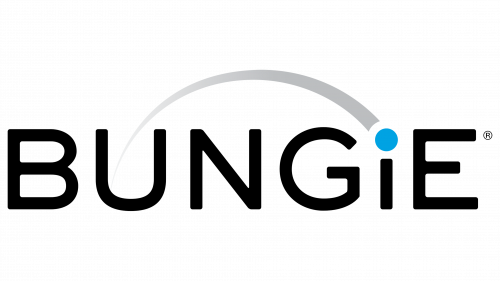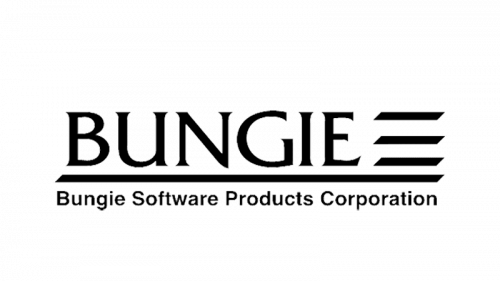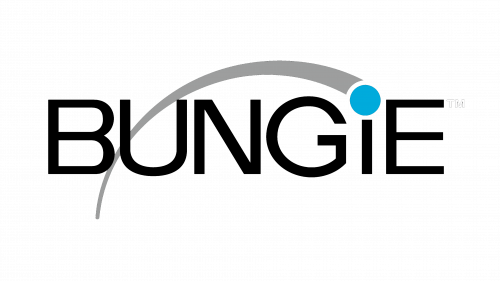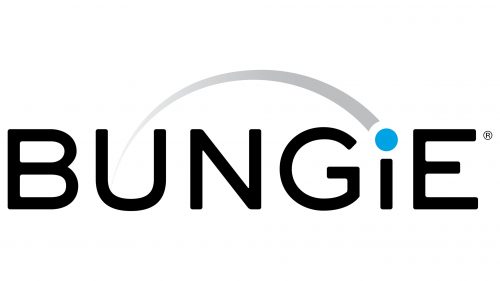Bungie is the name of an American video games developer, which was established in Chicago in 1991, and today is based in Washington State. For the first years, the company was focused on the creation of games for Mac, which changed after its acquisition by Microsoft Game Studios in 2000. In 2022 the game developer was bought by Sony.
Meaning and history
Bungie is an American computer game development company. The studio was founded in May 1991 as Bungie Software Products Corporation, and initially focused mainly on developing games for Macintosh computers in the first 9 years of its existence created two successful game series, Marathon and Myth, while their subsidiary Bungie West, a division of Bungie on the West Coast of the United States, was developing Oni for PC and consoles.
In 2000 Bungie was acquired by Microsoft, and “Halo: Combat Evolved”, which was in development at the time, was refocused on Microsoft’s upcoming console, the Xbox. The game was included in the starting package of the console, and later became one of the top-rated apps on the platform.
In 2010, Bungie signed a 10-year agreement with Activision, which wanted the rights to the game Destiny. Bungie broke the deal early, in 2019, because the Destiny shooter didn’t meet financial expectations.
In 2022, Bungie opens its first overseas office in Amsterdam, which will focus on the international development of the business and bring together the company’s fast-growing divisions that are responsible for marketing and game publishing.
Bungie is known not only for its successful Halo but also for the MMO shooter Destiny, which now earns 100 million USD annually for the company. It remains one of the most popular franchises ever created.
What is Bungie?
Bungie is a video-game developer from the United States, which was founded in 1991 by two students of the University of Chicago. In 2000 the studio was purchased by Microsoft. Bungie games were among the first on the Xbox console. In 2007, the studios parted ways, but Microsoft still owns the rights to the game Halo, which was released by Bungie.
In terms of visual identity, despite several redesigns, the Bungie logo has undergone throughout the years, the company stayed loyal to its strict and laconic style. The last two versions of the Bungie badge are almost similar, with just slight modifications of the typeface.
1990 – 1992
The early badge of the Bungie company was designed at the beginning of 1990 and stayed in use for a couple of years. It was quite a laconic badge in a black-and-white color palette, with the stylized uppercase lettering in an italicized serif font, written in a pixel-like line and accompanied by two horizontal elements, which crossed the wordmark. These elements were made of tiny checkers.
1992 – 1994
The original badge for the game-developing company was introduced in 1992 when its name was Bungie Software Products Corporation. It was a two-leveled inscription with a bold underline, separating the logotype from the tagline, and a minimalistic geometric graphical part, placed on the right from the main wordmark and composed of three bold horizontal parallel lines with diagonally cut ends.
The logotype was set in bold elegant capital letters of a custom serif typeface with sharp elements on the ends of the bars, while the tagline, comprising the full name of the company, was set in the uppercase of a simple sans-serif font.
1994 – 2009
With the shortening of the company’s name to just Bungie, the logo was redesigned in 1994 too. The new concept featured an uppercase sans-serif logotype in black, with the “I” set in the lowercase, and the dot above it enlarged and set in the light shade of blue. From the blue dot, the gray arched orbit was coming out to the left, crossing the letter “U” with its thin sharpened end.
2009 – Today
The composition and the color palette of the Bungie logo remained unchanged after the redesign of 2009, but all the elements were refined. The logotype changed its typeface to a smoother one, the dot above the “I” became smaller, and the orbit — thinner and shorter, is now set in gradient gray, which turned into white by the end of the line.
Font and color
The uppercase Bungie logotype from the official badge of the video-games developer is set in a modern and soft sans-serif typeface, with each of the letters bold and stable. The closest font to the one, used for this insignia, is, probably, Dress Code Medium Round, but with the contours of some of the letters modified.
As for the color palette of the Bungie visual identity, it is set in black, gray, and blue, and evokes a sense of professionalism, balanced by freshness and progressiveness, added by the light shades. The logo looks simple but clean and represents the company’s expertise and confidence.












